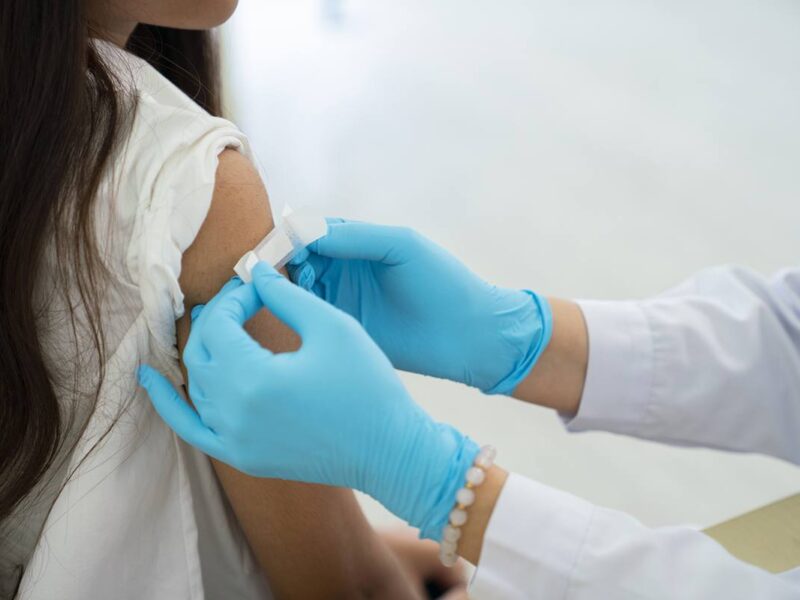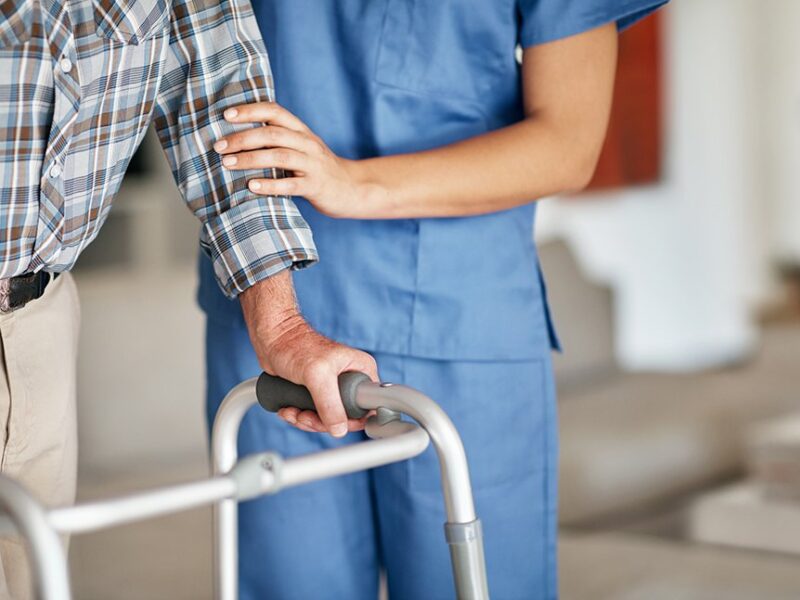Results From Round One Of Texas A&M Random Testing Program
As *announced at the beginning of the semester, the Random Testing Program underway at Texas A&M that helps identify transmission hotspots and adjust strategies to contain the spread of COVID-19 in Aggieland is now in Round Two.
The program, which supplements a separate free testing program for all students, faculty and staff, recently pushed out results from the first round. The ongoing testing is one of several strategies A&M has implemented since the start of the fall semester four weeks ago when most students returned for in-person classes. We will continue to test, monitor and report results throughout the semester.
About the Random Testing Program
The Random Testing Program seeks to understand how SARS-CoV-2 is affecting campus by actively looking for where the virus might be hiding and where it might be moving. It helps identify transmission hotspots and clusters of infections, using real-time analytic strategies and rapid campus communications that will help protect our campus community.
As part of this program, members of the student body who are invited to take part in the Random Testing Program submit an online pre-screening questionnaire. Students eligible for the program complete an online questionnaire and schedule a cheek swab-based COVID-19 test.
Round One Results
Results from the first round of RTP are below:
- 6,236 students were invited to participate via email
- 4,805 (77 percent) completed the pre-screening questionnaire
- 4,096 (85 percent) students were considered eligible participants through the pre-screening process
- 2,868 (70 percent of eligible students) completed the testing program process, i.e. both the questionnaire and the COVID-19 test
Of 2,868 students who were considered eligible for inclusion in the testing schema and who responded to the student questionnaire and completed the COVID-19 test procedure:
- 94 (3.2 percent) students who took a COVID-19 test as part of this program tested positive
- 4.3 percent of students living in campus housing tested positive.
- 2.6 percent of students living off-campus tested positive.
- 3.7 percent of undergraduate students tested positive.
- 0.4 percent of graduate students tested positive.
Results for all testing, including the Random Testing Program, will be posted on the *Texas A&M COVID-19 Dashboard.
In the most recent geographic analysis of the data, we also detected one area that was previously identified as a potential COVID-19 cluster and had already been reported in accordance with our COVID-19 cluster notification policy. To date there have been only three identified clusters, all of which are resolved, and quarantine completed. The Clery Act requires Texas A&M to disclose identified buildings and related organizations on the *Clery Act COVID-19 page.
Random Testing Program Application
The results are being used in several ways to understand and monitor the dynamic nature of SARS-CoV-2 among the student body of Texas A&M. Test results are combined with questionnaire responses and used by our team of epidemiologists and biostatisticians to learn where the virus is located in our student community, both on and off campus, understand factors that facilitate transmission among students, and locate geographic patterns of COVID-19. The data also help the team understand which students might benefit from expanded communications on awareness of COVID-19 and how to prevent its spread.
Although the overall goal of this kind of strategy is to understand population level factors and dynamics of COVID-19 in the community to inform opportunities for broad-scale public health education and other activities, it also serves to identify and inform students who are infected but who may not know it, owed to the mild symptoms frequently observed in the student age group.
Just like any student who tests positive for COVID-19 at Texas A&M, any student who tests positive as part of this program is notified of their result and provided clinical consultation and campus resources. Students who test positive are moved into isolation, and close contacts are notified through contact tracing efforts at the Texas A&M COVID Operations Center, which provides information and guidance on testing and quarantine.
Random and Adaptive Testing Process
The first iteration of this testing strategy, conducted the first week after school started, employed a stratified, random selection strategy of both off-campus residents and students living in campus housing.
The results from this round of the testing program also informed the second round of the testing program, underway now. This current round of student invitations employs an adaptive selection strategy, whereby students with factors found to have higher probability of positivity were invited to test. A total of 9,782 students (6,522 undergraduate students residing off-campus and 3,260 undergraduate students living in campus housing) were invited for testing Sept. 8-10.
The testing program will continue in this fashion as we continue to track and monitor SARS-CoV-2 among our community.
Provost Carol A. Fierke thanks students for their participation in the program.
“I would like to offer my sincere appreciation to students for participating in the program. We all want to continue in-person classes and other campus activities and we are doing all we can to mitigate spread to make that possible,” Fierke said. “In fact, round two early results, which will be reported next week, are looking even better than round one, thanks to our campus community pulling together to mitigate hot spots, take a COVID-19 test, self-quarantine as needed, wear face coverings, and practice physical distancing. Thank you for your selfless service in helping to keep our community safe. We welcome all students to come to class on-campus.”
Dashboard
*For more information, positivity and testing numbers are reflected in the Texas A&M University COVID-19 Dashboard.
* This link is no longer active and has been removed.





